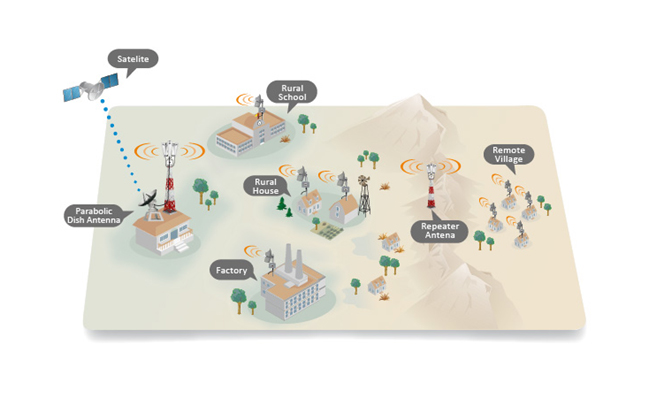Rural Telephone and Internet
Description
With over 200 million Internet users, India stands as the third largest Internet base after US and China. But still, only less than 20 % of Indian has access to the Internet. So far, Voice telephony has remained as the main option for providing access to telecommunications in rural areas. While the urban population has the access to a wide variety of new applications such as e-mail, e-commerce, tele-education, tele-health, and tele-medicine, among others, significant percentage of the rural population are denied these services.
But at the same time, the rural population community requires a different mix of voice, text, image, video and audio communications to best meet its needs. So, it is time we need to provide and support the widest possible range of services and applications with different bandwidth levels at a reasonable cost. The Internet (with the unavailability of IP network in rural area) is the most widely used platform used to deliver multimedia applications in rural areas of developing countries.
We at DHL, are fully focused on providing a reliable Internet services in tune with the rural needs for the villages.
Benefits
- Implementation and operation is possible at a low cost in areas where population density is low.
- The system can be easily installed, even in remote and inaccessible locations.
- System operation and maintenance may be carried out even where qualified technical personnel are scarce.
- Implementation is possible even when basic infrastructure such as mains: electricity, running water, paved road networks, etc., are absent.

